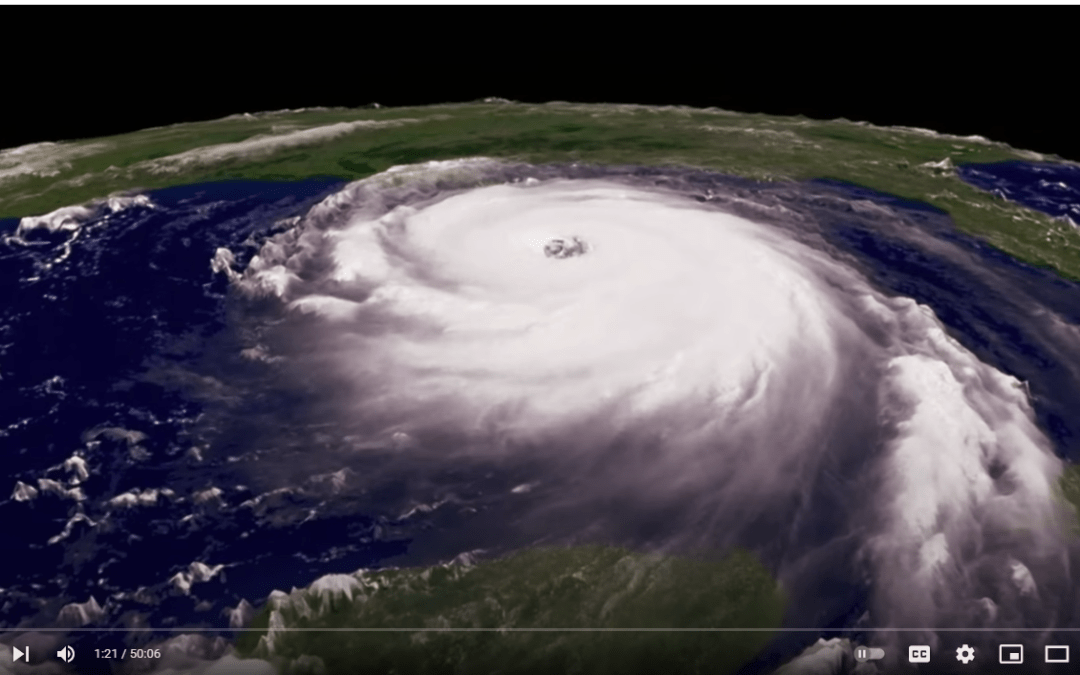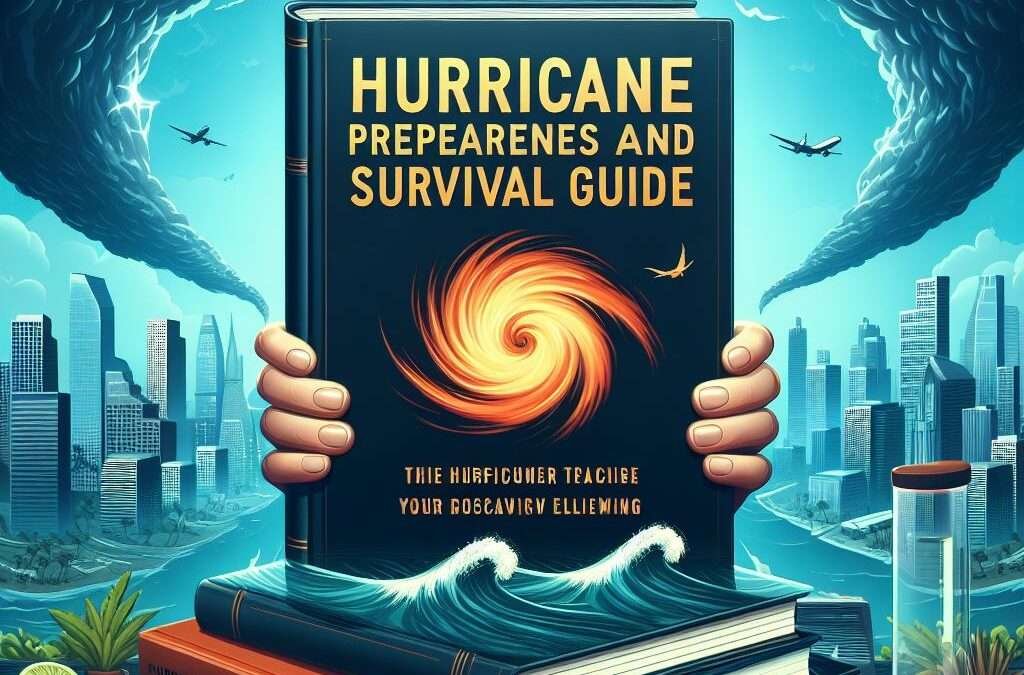
Securing Your Home Before a Hurricane
Securing Your Home
Protecting Your Property
Why It’s Important
Securing your home before a hurricane can significantly reduce the damage caused by high winds, flying debris, and flooding. Proper home preparation protects your property, reduces repair costs, and ensures a safer environment for you and your family during the storm.
How You Benefit
By taking proactive steps to secure your home, you enhance its structural integrity and minimize the risk of severe damage. This preparation can lead to lower repair costs and faster recovery. Additionally, insurance companies may offer discounts for homes with certain hurricane-resistant features.
Steps You Can Take Right Now
Install Storm Shutters: Protect windows and doors with storm shutters or plywood to prevent breakage from flying debris.
Reinforce Garage Doors: Strengthen garage doors to withstand high winds and reduce the risk of them blowing in.
Secure Outdoor Items: Bring in or secure outdoor furniture, decorations, and any loose items that could become projectiles.
Trim Trees and Shrubs: Remove dead or overhanging branches that could cause damage to your home.
Inspect and Repair Roof: Ensure your roof is in good condition and consider installing hurricane straps or clips to reinforce it.
Protecting Your Belongings
– Review your existing homeowner’s insurance policy to understand what coverage it provides for hurricane-related damage. Most standard policies cover wind damage but may have specific limitations.


